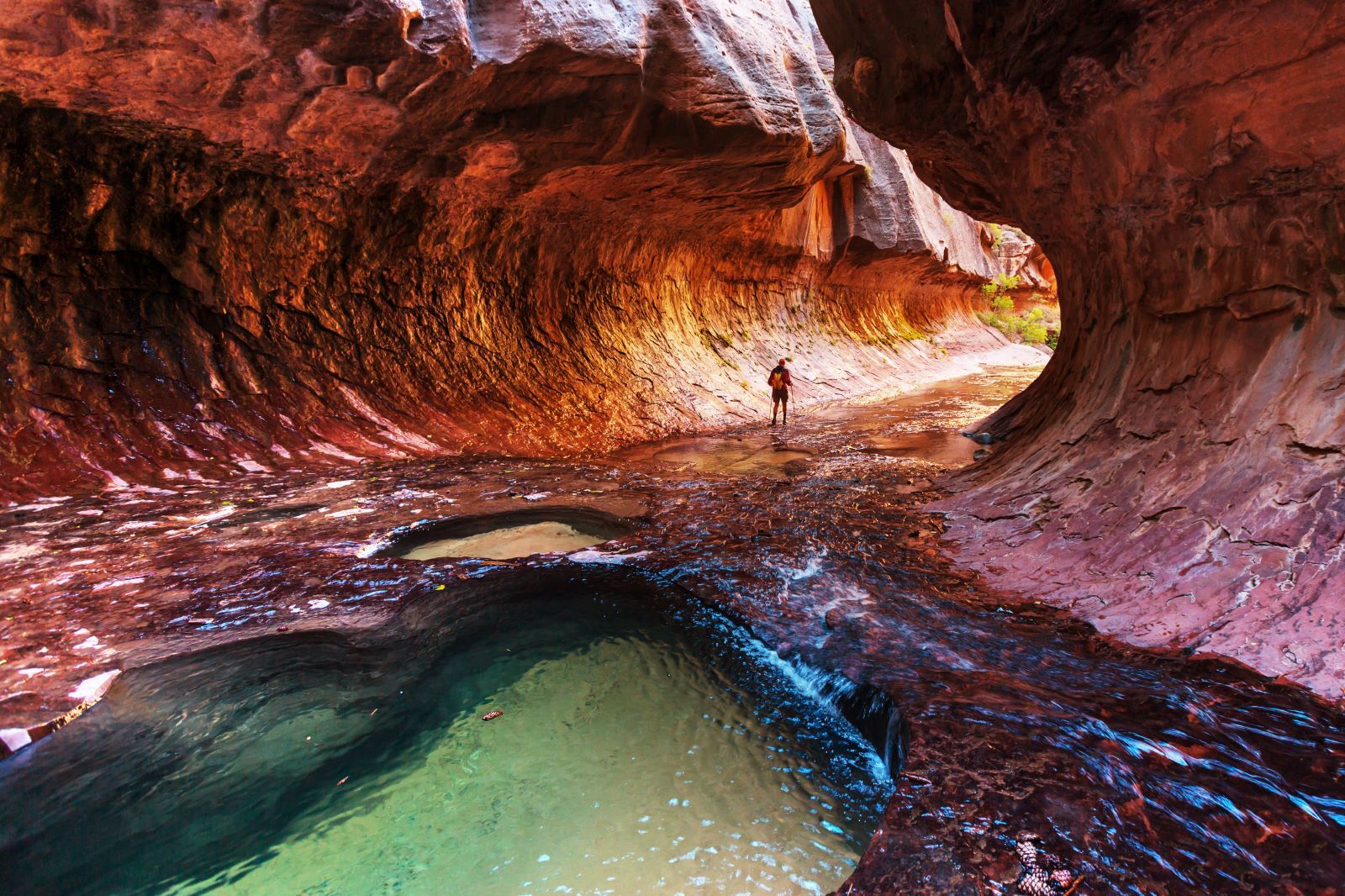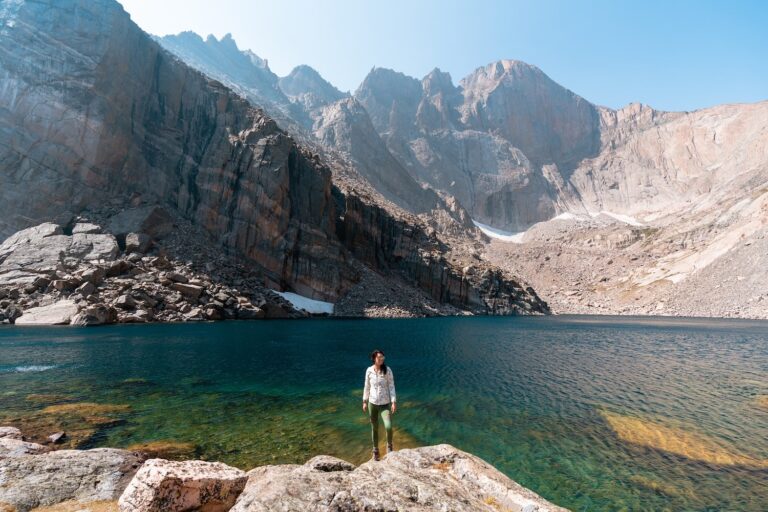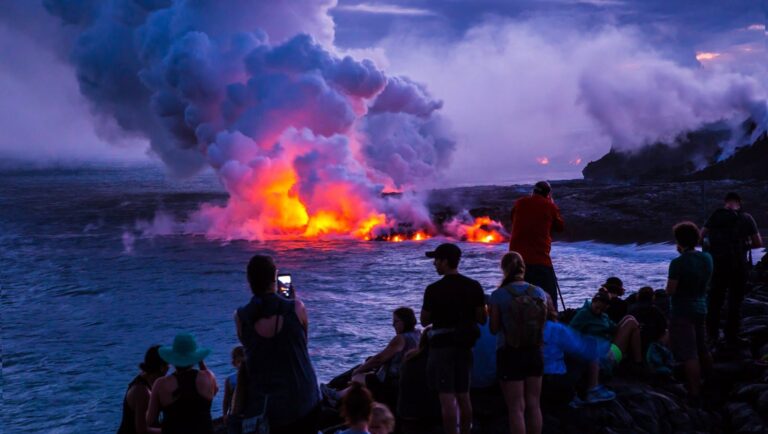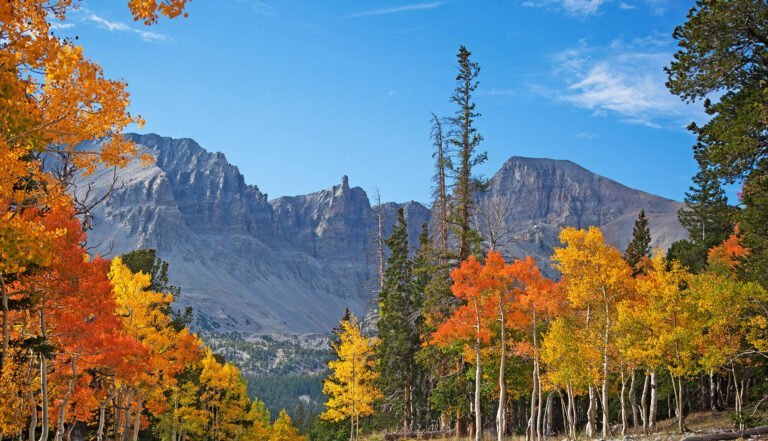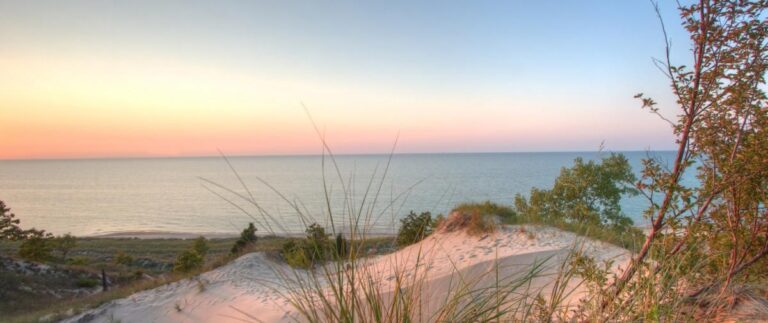Zion National Park
Zion National Park, nestled in the heart of Utah, is a mesmerizing destination that beckons nature enthusiasts and adventurers alike. Spanning over a staggering 147,243 acres, this breathtaking sanctuary offers a diverse range of experiences for visitors of all ages. Established in 1919, Zion National Park has garnered an impressive annual footfall of 5.04 million visitors who come to bask in its natural wonders and rich history. Let’s delve into the unique facets of this park and uncover the treasures it holds.
Firearms Regulations in Zion National Park
In the realm of firearm regulations, Zion National Park abides by stringent rules. Only individuals who possess legal authorization at the federal, state, or municipal level are permitted to carry firearms within the park premises. Such individuals must adhere to both state and federal laws governing firearm possession and usage. For those seeking comprehensive information about gun laws in Utah, a helpful resource awaits them.
A Ban on Hunting and Discharging Firearms
Zion National Park stands as a sanctuary for wildlife, and to preserve this harmony, hunting and discharging firearms are unequivocally prohibited. The serene ambiance of the park is safeguarded by preventing these activities. Park regulations also extend to park buildings and amenities, where firearms are strictly prohibited.
Unveiling the Park’s Heritage
The origins of Zion National Park are deeply rooted in history. In the 1860s, the park’s breathtaking beauty left a profound impact on Mormon pioneers, who aptly christened it with a biblical name, signifying Jerusalem. The park’s expansive landscape, spanning 230 square miles, showcases a symphony of buttes, natural arches, and mesas. These geological formations, adorned with hues of beige, red, and chocolate, pay homage to biblical references, including the Court of the Patriarchs, the Towers of the Virgins, and the Pulpit.
Zion’s Enchanting Features
The jewel of Zion National Park is the captivating Zion Canyon, a 15-mile-long geological marvel. This stunning formation offers a haven for visitors, enticing them to explore its wonders. Adventurous souls can immerse themselves in the Narrows, a narrow slot canyon flanked by towering cliffs. For those seeking elevated views, juniper and ponderosa pine forests await, along with sightings of bighorn sheep and California condors. Yet, caution is advised, as the park’s population of mountain lions, possibly as few as six, roams these lands.
Choosing the Perfect Time to Visit
Timing your visit to Zion National Park is key to maximizing your experience. The prime months, from March to May and September to October, offer the most pleasant weather and a chance to relish the park’s beauty without extreme heat or cold.
Visitor Fees and Passes
To access the wonders of Zion National Park, the following fees and passes apply:
- $20.00 per person/cyclist (valid for up to 7 days)
- $35.00 per vehicle (valid for up to 7 days)
- $30.00 per motorcycle (valid for up to 7 days)
- $80.00 for Interagency Annual Pass (access to all federal fee areas for one year)
- $70.00 for Zion Annual Pass (access to Zion National Park for one year)
Special considerations are made for military personnel, senior citizens, and disabled citizens, making this natural paradise accessible to a diverse range of visitors.
Planning Your Visit
Visitor centers are your gateway to Zion National Park’s wonders. Some key locations include:
Zion Canyon Visitor Center
- Address: 1 Zion Park Blvd, Springdale, UT 84767
- Phone Number: (435) 772-3256
- Operating Hours: Vary by season
Zion Human History Museum
- Address: Zion National Park Rd, Springdale, UT 84767
- Operating Hours: Vary by season
Kolob Canyon Visitor Center
- Address: 3752 E Kolob Canyon Rd, New Harmony, UT 84757
- Operating Hours: Vary by season
Embrace the Splendors of Zion
Zion National Park invites you to immerse yourself in its enchanting landscapes and rich heritage. Whether you’re seeking tranquility, adventure, or a connection to nature, this park has it all. As you plan your visit, remember to respect the regulations, safeguard the environment, and savor every moment.
Conclusion
Zion National Park stands as a testament to the harmonious coexistence of nature’s wonders and human appreciation. Its majestic landscapes, rich history, and strict conservation efforts create an unparalleled experience for every visitor. From the towering cliffs of Zion Canyon to the serene depths of the Narrows, this park offers a journey of exploration and awe. Embrace the opportunity to immerse yourself in its beauty, respecting its regulations and leaving behind only footprints. Zion National Park is not just a destination; it’s a gateway to a world of natural splendor and timeless heritage.
Frequently Asked Questions
Can I carry firearms in Zion National Park?
Only individuals with legal authorization are allowed to possess firearms within the park, adhering to state and federal laws.
Are hunting and discharging firearms allowed in the park?
No, both hunting and discharging firearms are strictly prohibited within Zion National Park.
What is the best time to visit the park?
The ideal times to visit are between March to May and between September and to October, avoid extreme weather conditions.
What are the fees for visiting the park?
The fees vary based on the type of entry. It ranges from $20.00 per person/cyclist to $80.00 for an Interagency Annual Pass.
What attractions can I find in Zion Canyon?
Zion Canyon offers breathtaking vistas, the Narrows slot canyon, diverse flora, and even a chance to spot bighorn sheep and California condors.
Where to stay near Zion National Park?
Some good options for places to stay near Zion National Park include the towns of Springdale, Utah, and Saint George, Utah. Springdale is located at the south entrance of Zion.
How far is Zion National Park from Las Vegas?
Zion National Park is approximately 164 miles northeast of Las Vegas, about a 2.5-hour drive.
What city is Zion National Park in?
Zion National Park is not located within a city. The park is located in southwestern Utah, close to the city of Springdale. The nearest large city is St. George, about 42 miles away.
How to get to Zion National Park?
Most visitors reach Zion National Park by car. The south entrance and the town of Springdale offer the most access to the main canyon area. Shuttle buses are available within the park during peak season.
Are dogs allowed in Zion National Park?
Dogs are allowed in Zion National Park, but they must be kept on a leash no longer than 6 feet at all times. The only trail dogs are allowed on is the Pa’rus Trail. Dogs are prohibited on all shuttle buses and trails, except the Pa’rus Trail.
